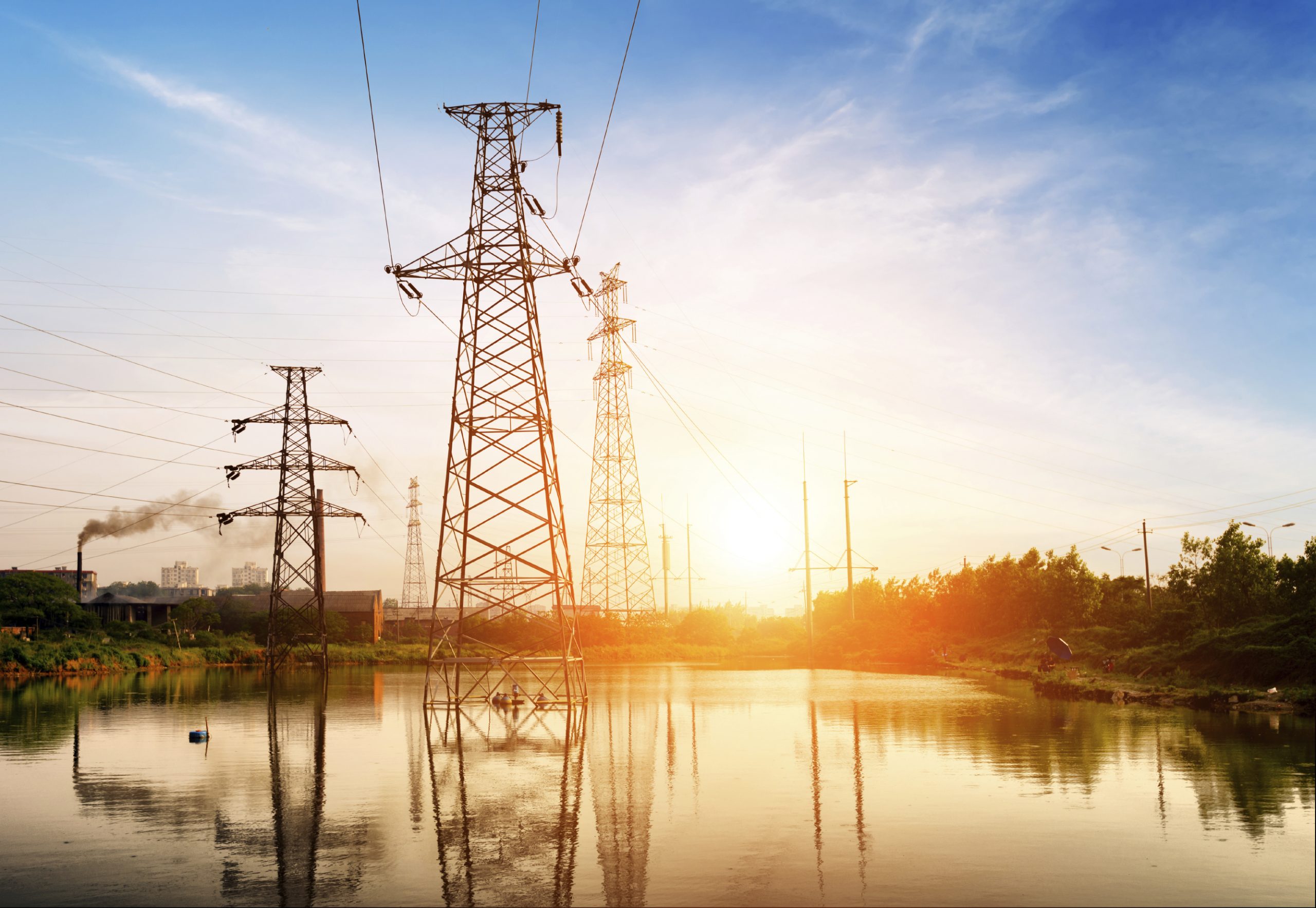Federal Government Funding in Australian Renewable Energy Sector
July 26th, 2022
Australia is currently faced with a growing energy crisis and investment in clean energy technology and renewable generation infrastructure has been a large focus of federal governments.
In 2020, the previous Government committed to invest at least $20 billion in low emissions technologies by 2030, to drive more than $80 billion of total public and private investment over the decade. The Technology Investment Roadmap, with annual Low Emissions Technology Statements (LETS), provides a comprehensive investment strategy to guide government investment in low emissions technologies.
The first LETS prioritised five technologies to guide government investment: clean hydrogen, energy storage, carbon capture and storage, low emissions steel and aluminium, and soil carbon measurement. It also showed that Australian Government expenditure on clean energy solutions is an indicator that this development is already occurring; Government expenditure on Research, Design, and Development for low emissions technology averaged $280 million per year in the 5 years from 2014–15 to 2019–20.
It is likely that the new, incoming federal government will likely spend a greater amount on the sector.
Technology Spotlight:
Energy storage solutions, such as the SiBox, developed by recently ASX listed 1414 Degrees Ltd, aim to reduce energy costs by increasing the efficiency of renewable generation and stabilizing grid supply. The SiBox thermal energy storage system (TESS) stores renewable energy as latent heat in molten silicon, and then supplies heat and/or power through energy recovery systems such as turbines. Silicon’s very high melting point – 1414 °C – and high energy density means it can hold much more energy than other phase change materials and deliver maximum energy efficiency.
Further, SiBox doesn’t have the geographical limitations of other clean energy sources such as solar or wind, and is suitable for all climates and locations, and viable for grid, off-grid and co-generation installation. These factors, in conjunction with the abundancy and affordability of silicon, make this new technology a versatile, scalable and sustainable combined heat and power (CHP) solution.
Last year, 1414 Degrees was successful in attaining Australian Government funding to assist with their developments including:
- A $2.2 million grant from the Australian Federal Government’s Modern Manufacturing Initiative (MMI), a grant highlighted by the Technology Investment Roadmap LETS21 as part of its research-to-commercialisation pipeline, to accelerate the commercialisation of the SiBox technology;
- A $1,900,000 Refundable Offset under the R&D Tax Incentive.
The funding will be used to support the development commercialisation of the SiBox through the construction, commissioning and testing of the circa 1 MWh SiBox demonstration module validation project, which begins construction this year.
AusIndustry have published Energy Sector guidance for companies registering R&D Activities under the R&D Tax Incentive. It is likely that funding for the sector may be announced in the new federal government’s budget later in the year.
If you’re developing low emissions technologies, check out the Swanson Reed website to find out how we can help with R&D incentives, or check your eligibility here.
Categories
- ATO Guidance and Materials
- AusIndustry Guidance and Materials
- Case Law
- Federal Budget 2021
- Federal Budget 2022
- For Accountants
- General Information
- Government Policy and Treasury
- Industry Specific Issues
- Interpretative Decisions
- Legislation and Parliamentary Matters
- R&D Tax Credit
- R&D Tax Funding Strategies
- R&D Tax Loans
- Recent News
- Tax Determinations
Archives
- April 2024
- March 2024
- February 2024
- January 2024
- December 2023
- November 2023
- October 2023
- September 2023
- August 2023
- July 2023
- June 2023
- May 2023
- April 2023
- March 2023
- February 2023
- January 2023
- December 2022
- November 2022
- October 2022
- September 2022
- August 2022
- July 2022
- June 2022
- May 2022
- April 2022
- March 2022
- February 2022
- January 2022
- December 2021
- November 2021
- October 2021
- September 2021
- August 2021
- July 2021
- June 2021
- May 2021
- April 2021
- March 2021
- February 2021
- January 2021
- December 2020
- November 2020
- October 2020
- September 2020
- August 2020
- July 2020
- June 2020
- May 2020
- April 2020
- March 2020
- February 2020
- January 2020
- December 2019
- November 2019
- October 2019
- September 2019
- August 2019
- July 2019
- June 2019
- May 2019
- April 2019
- March 2019
- February 2019
- January 2019
- December 2018
- November 2018
- September 2018
- July 2018
- June 2018
- May 2018
- April 2018
- March 2018
- February 2018
- January 2018
- December 2017
- November 2017
- September 2017
- August 2017
- July 2017
- June 2017
- May 2017
- April 2017
- March 2017
- February 2017
- January 2017
- December 2016
- November 2016
- October 2016
- September 2016
- August 2016
- July 2016
- June 2016
- May 2016
- April 2016
- March 2016
- February 2016
- January 2016
- December 2015
- November 2015
- October 2015
- September 2015
- August 2015
- July 2015
- June 2015
- May 2015
- April 2015
- March 2015
- February 2015
- January 2015
- November 2014
- October 2014
- September 2014
- August 2014
- July 2014
- June 2014
- May 2014
- April 2014
- March 2014
- February 2014
- January 2014
- December 2013
- November 2013
- October 2013
- September 2013
- May 2013
- April 2013
- March 2013
- September 2012
- August 2012
- June 2012


 Free Call: 1300 009 390
Free Call: 1300 009 390





 News & Research
News & Research



